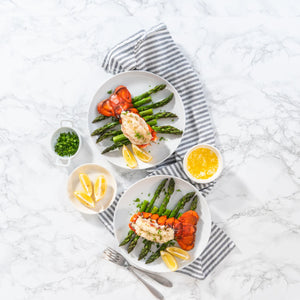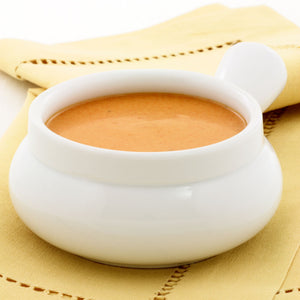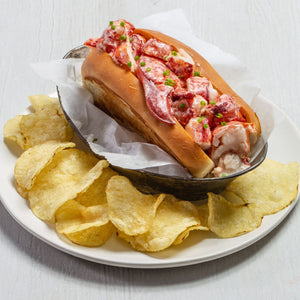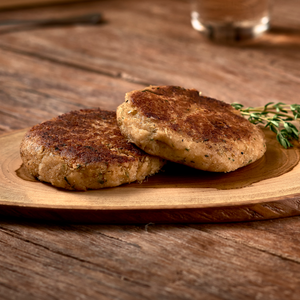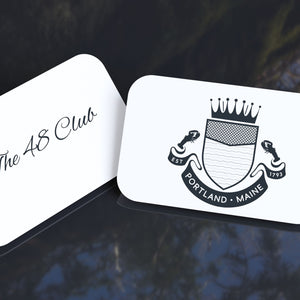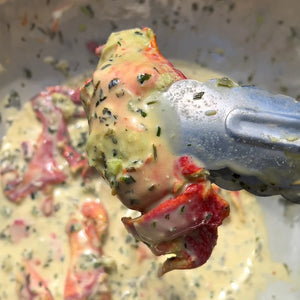In a world of mislabeled products, CEO Mark Murrell offers dependable advice on how to make the best choices.
The words organic and all natural do not signify the same thing in food labeling. The label “sustainable” is another example. There has been widespread mislabeling of seafood in the U.S. The growing demand for sustainable seafood is putting a spotlight on seafood labeled sustainable that, in some cases, is not sustainable. For the consumer, it’s never been more important to be educated about what truly defines sustainable seafood.
As a native of Maine with vivid memories of the Maine lobster experience, GetMaineLobster.com’s founder and CEO Mark Murrell understands and appreciates the growing desire for sustainability practices, as several species of sea animals are being depleted by irresponsible practices. Murrell knows that traceability and sustainability are important to preserving the luxury of Maine lobster and seafood, and that protecting resources today assures that future generations will enjoy them.
Here are Murrell’s reliable tips to guide you when choosing your next seafood meal:
1. Choose outside the box. “We’re all familiar with halibut, haddock, salmon, and sole,” says Murrell. “What about hilsa, hoki, or coley? When you choose fish that are not as mainstream as those that were once plentiful, you encourage seafood buyers to source seafood that is not overfished.”
2. Farm-raised or wild-caught? There was a time when consumers were led to believe that wild-caught seafood was better to buy and eat than farm-raised. That is no longer consistently the case. To get a handle on best options, use resources such as Sustainable Seafood Coalition, FishOnline, Marine Stewardship Council, and Seafood Watch.
3. Choose fish that are whole when possible. “Buying fish whole makes it a lot easier to be certain you are getting the fish you order,” says Murrell. “Become familiar with all of the physical characteristics of the seafood you buy, uncooked and cooked.”
4. Expect to pay. The adage “You get what you pay for” applies when buying fish. Consumers are accustomed to spending more when choosing the finest cuts of beef tenderloin and should get used to doing the same when buying the best fish. “Yes, it is possible to get farm-raised salmon for a song,” says Murrell, “but don’t expect it to be sustainably sourced or organically raised.”
Murrell asserts that every dollar invested in sustainably sourced seafood supports that effort. He also suggests that as awareness about sustainable seafood builds and the market is solidly established, prices are destined to drop.
Eat smaller fish. Fish like anchovies and mackerel are naturally abundant and likely not in the overfished category. Additionally, there is less mercury present in smaller fish than in larger fish such as tuna and salmon.
Murrell has spent a good part of his life buying and eating seafood. Now, as owner of GetMaineLobster.com, he stays on top of all news pertaining to seafood and Maine lobster, educating himself on the latest food trends and seafood sustainability practices to ensure he gets the best seafood to his customers.
